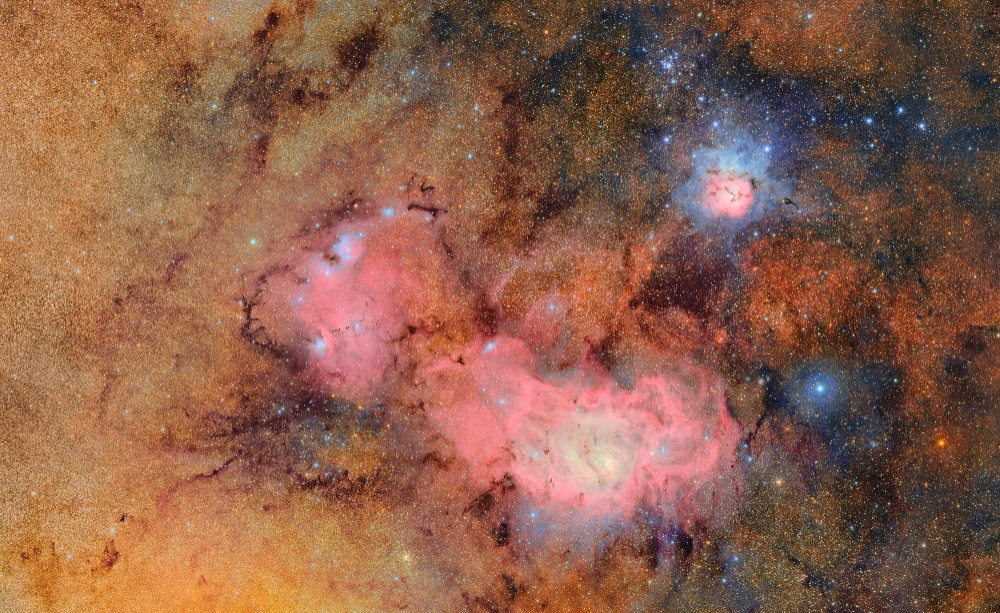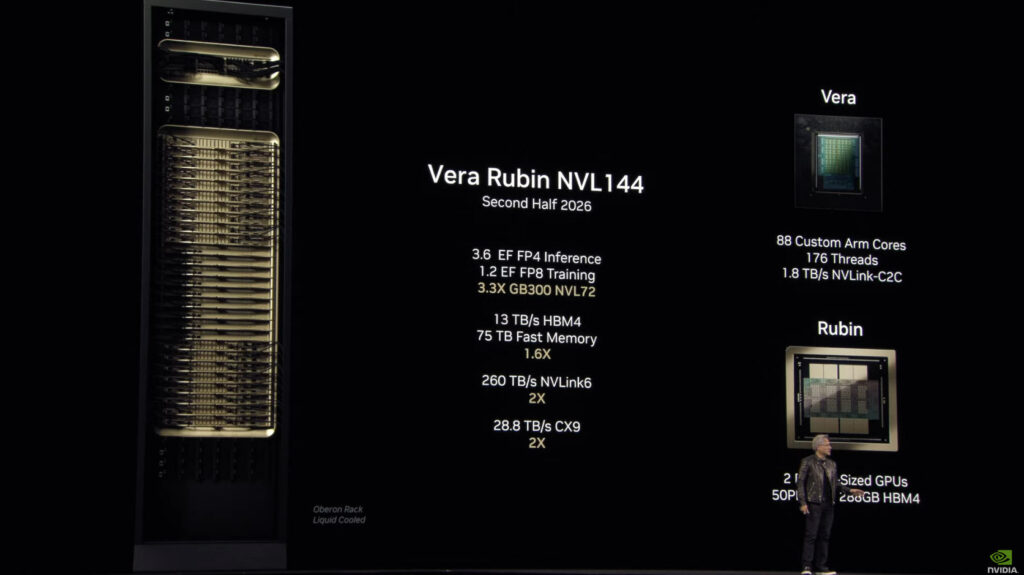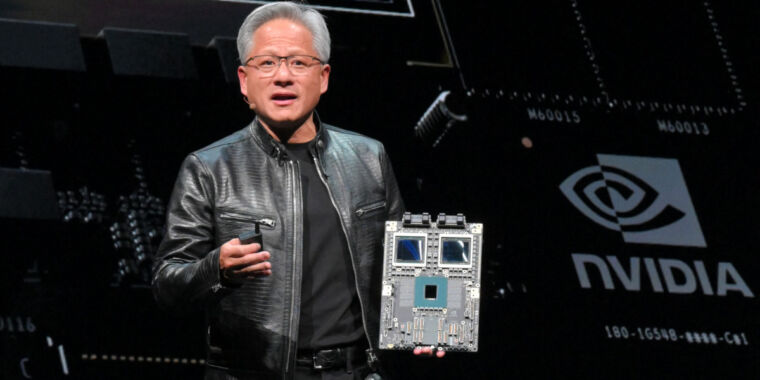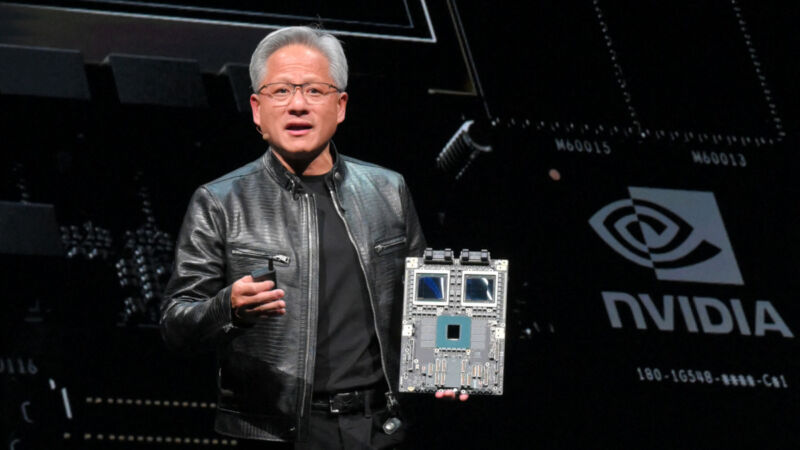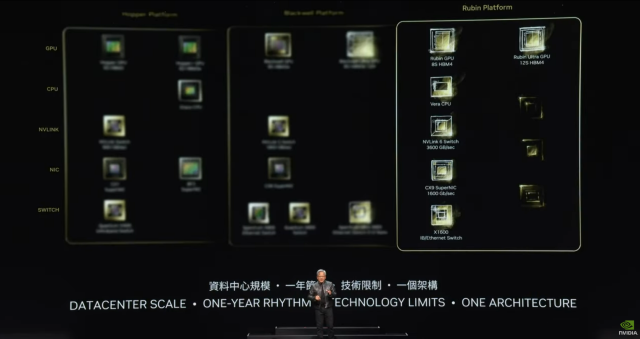Tuesday Telescope: A new champion enters the ring
Welcome to the Tuesday Telescope. There is a little too much darkness in this world and not enough light—a little too much pseudoscience and not enough science. We’ll let other publications offer you a daily horoscope. At Ars Technica, we’ll take a different route, finding inspiration from very real images of a universe that is filled with stars and wonder.
After a decade of construction, a large new reflecting telescope publicly released its first images on Monday, and they are nothing short of spectacular.
The Vera C. Rubin Observatory’s primary mirror is 8.4 meters in diameter, which makes it one of the largest optical telescopes in the world. However, the real secret sauce of the telescope is its camera—the automobile-sized Legacy Survey of Space and Time camera—which has a resolution of 3,200 megapixels. Which is rather a lot.
The observatory is on a remote 2,682-meter-high (8,799 ft) mountain in northern Chile, a region of the planet with some of the best atmospheric “seeing” conditions.
The main goal of the telescope is to scan the entire Southern Hemisphere sky by taking 1,000 high-definition photographs every three nights for the next 10 years. The idea is that, assembled end to end, the observatory will provide a high-definition, four-dimensional film of the Universe changing over a decade. It will seek to encompass everything from nearby asteroids and comets to distant supernovae.
Who was Vera Rubin? She was an American astronomer who was the first person to establish the presence of dark matter in galaxies. The observatory named in her honor was funded by the US Department of Energy and the US National Science Foundation. International partners, including the French National Centre for Scientific Research, will help to store the 20 terabytes of data collected every night.
The only bummer about Monday’s announcement is the fact that it was funded by the Department of Energy and the National Science Foundation. The Trump administration has sought to halve the science budgets of both agencies in the coming years. And the prospect of losing that funding, juxtaposed against the phenomenal start of the Vera C. Rubin Observatory, reminds us of what we stand to lose if we slash basic science funding in this country.
Source: Vera C. Rubin Observatory
Do you want to submit a photo for the Daily Telescope? Reach out and say hello.
Tuesday Telescope: A new champion enters the ring Read More »
